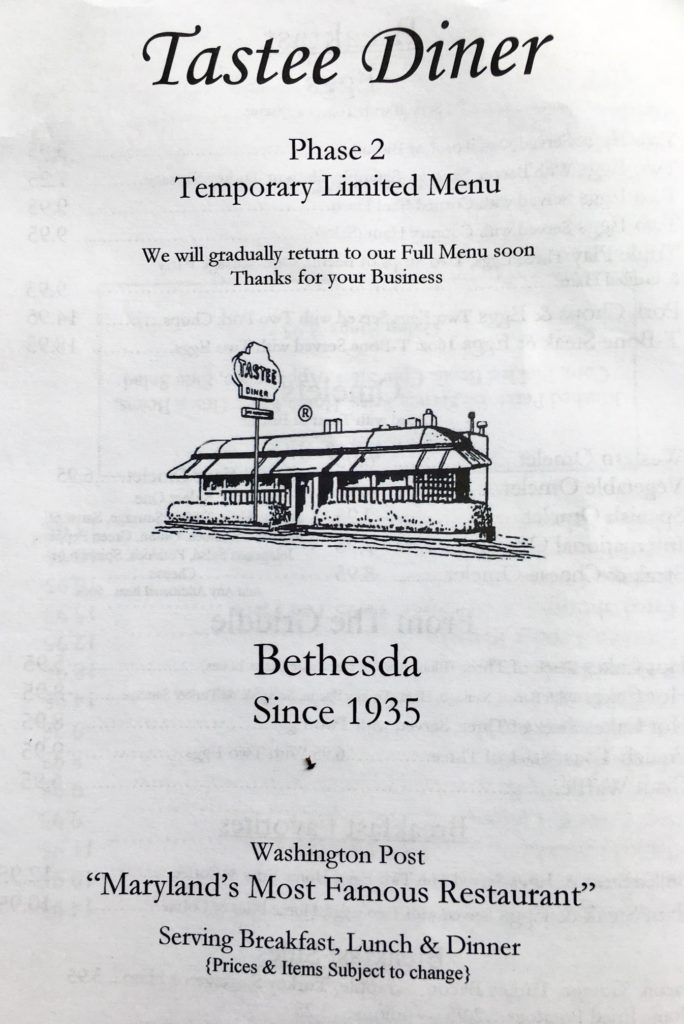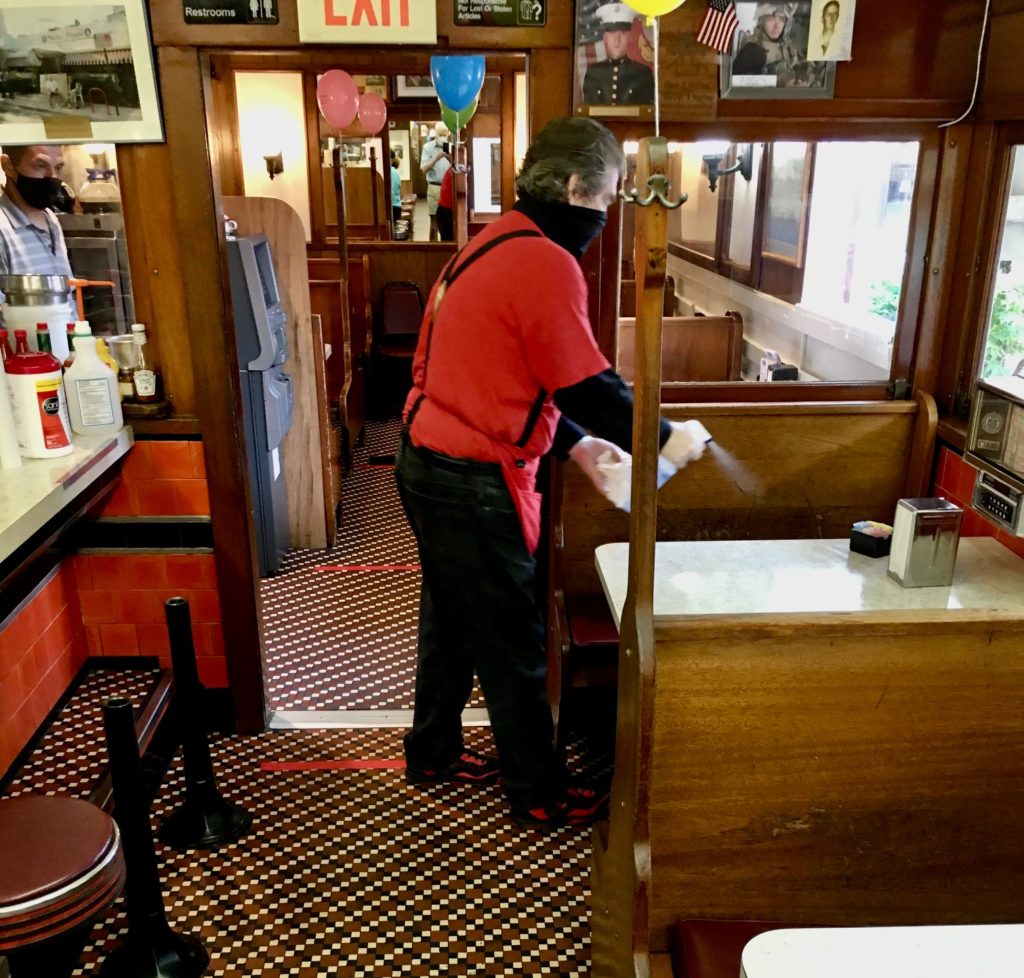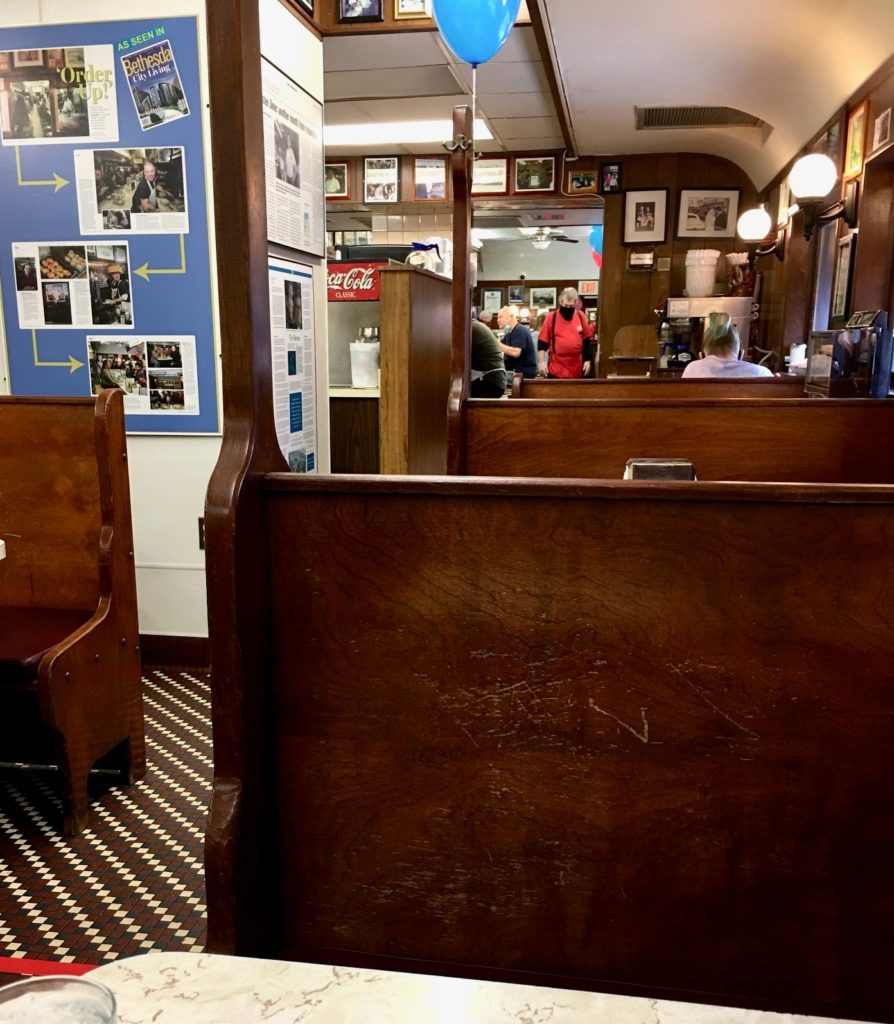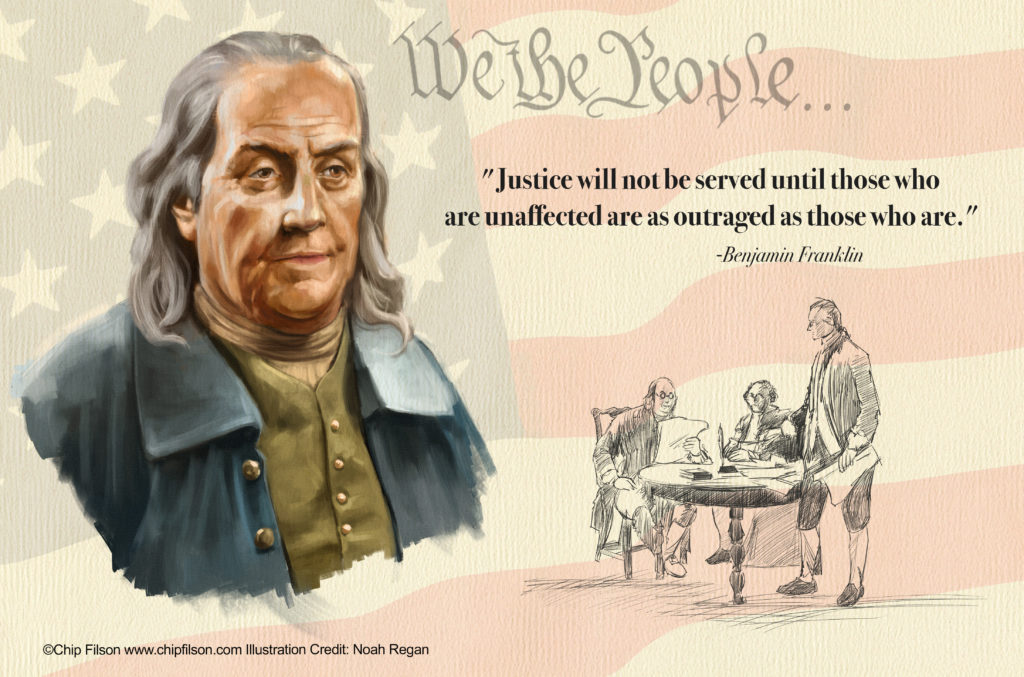Yesterday the Credit Union Journal broke a unique story. The members of N.W. Iowa CU ($58 million) voted against a merger with Siouxland FCU ($206 million) by an overwhelming margin of over 2 to 1.
Unprecedented Event
Every year, several hundred voluntary mergers of sound, well-run credit unions occur. Under the cooperative democratic structure, these mergers must be approved by a majority of members voting on the request to end the charter.
However, the voting can hardly be described as democratic in any traditional understanding of the term. For the process is akin to a “one party state.” All of the narrative, timing, ballot and ongoing messaging are controlled by the credit union’s board and management, backed by all of its resources and marketing capabilities. There is no “opposition party.” No contrary information or alternatives are ever mentioned.
The majority of ballots are submitted by mail. The “campaign period” is 45 days or less. Anyone opposed has neither resources, time, or expert knowledge to counter the party line. The decision is a simple yes or no vote on the merger. The option to remain independent is not even present on the ballot.
Members overwhelmingly mail in ballots, as requested, approving the board’s recommended action. After all, if members didn’t believe in the board leaders they elected at some point, why would you trust them with your money to begin with?
Since becoming involved with credit unions in 1977, there have been over ten thousand such voluntary mergers. I am unaware of any time that members turned down this board/CEO recommendation to end a credit union charter.
Information Provided to Members
The public information from N.W. Iowa follows this traditional process. The required Notice of Balloting dated April 20, 2020 was sent to the 5,000+ members outlining the reasons for merger.
These included the convenience of five Siouxland branches and “advanced products and services with competitive rates.”
Other details noted the credit union would continue to operate under its own name (as a division of); the current CEO would retire but continue to work as an advisor; employment would be offered to current staff; two directors would join Siouxland’s board; and a charitable account would be set up to receive “at least 51% of earnings” to build engagement with the Iowa community.
The four-page document lists the new main office in South Sioux City, Nebraska, and its five branches.
The required merger related financial disclosures included bonuses for all merged employees plus severance if terminated without cause in the next two years. Four senior loan managers would be entitled to additional benefits totaling over $330,000.
The credit union’s Facebook page (https://www.facebook.com/NWIACU/) still shows the video of the two CEOs promoting the merger as well as an announcement from the chairman: Thank you for being engaged. Your credit union will remain independent.
Why the No Vote?
We don’t yet have information why opposition developed their point of view and how they organized to overwhelmingly reject this merger event.
N.W. Iowa is a very strong credit union. Its growth of shares (8.4%) and loans (7.9%), operating expense ratio (0.53% of revenue) , ROA (0.94%) and delinquency (0.35%) are all better than Siouxland’s March 2020 numbers. By any standard, this charter granted January 1, 1966, is a strong performer.
Was it some information in the notice? A perceived lack of any relevant benefits from the merger? The payment of employee bonuses in a time of economic uncertainty?
Outsiders generally know two things about Iowa: It is the first state to hold a presidential primary every four years, and it grows lots of corn and hogs. The state is middle west conservative with a legacy of rural small towns and farming communities–not the likely source of a populist uprising.
Le Mars, the home of the credit union, is called the Ice Cream Capital of the World. Were residents upset at the loss of a community pillar with its local focus, relationships, reputation and over 50 years of service?
Reemergence of the “Grass Roots”
In this time of crisis, is this event another example of popular protest emerging in other areas of society. The traditional obedience to authority and status quo behavior is being challenged as COVID concerns and economic uncertainty grow. The people want to be heard, not taken for granted. They want the institutions to serve them not the parochial interests and rationales of their leaders.
The no vote was announced on July 1, just in time for Independence Day. Can this be the spark for a revolution to return the focus of credit unions to serving their members? And challenge the unprincipled pursuit of mergers when members need their credit union relationships more than ever?
 Print This Post
Print This Post






